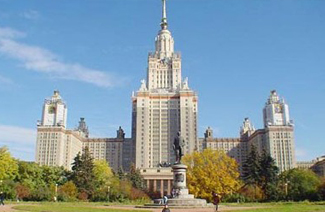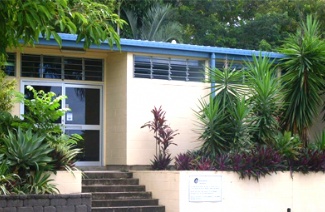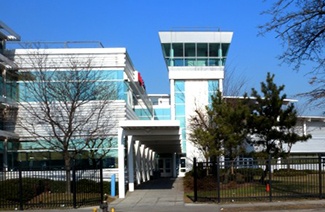GMAT GWD阅读改版综合解析二十五!很多考生都觉得在GMAT考试中,GMAT阅读的难度是比较大的,这部分往往会耗费考生的大量时间,解决以上问题最有效的办法就是要在备考过程中多加练习,一起来看看GMAT阅读改版综合解析第二十五部分吧。
By the sixteenth century, the Incas of South America ruled an empire that extended along the Pacific coast and Andean highlands from what is now Ecuador to central Chile. While most of the Incas were self-sufficient agriculturists, the inhabitants of the highland basins above 9,000 feet were constrained by the kinds of crops they could cultivate. Whereas 95 percent of the principal Andean food crops can be cultivated below 3,000 feet, only 20 percent reproduce readily above 9,000 feet. Given this unequal resource distribution, highland Incas needed access to the products of lower, warmer climatic zones in order to enlarge the variety and quantity of their foodstuffs. In most of the preindustrial world, the problem of different resource distribution was resolved by long-distance trade networks over which the end consumer exercised little control. Although the peoples of the Andean highlands participated in such networks, they relied primarily on the maintenance of autonomous production forces in as many ecological zones as possible. The commodities produced in these zones were extracted, processed, and transported entirely by members of a single group.
This strategy of direct access to a maximum number of ecological zones by a single group is called vertical economy. Even today, one can see Andean communities maintaining use rights simultaneously to pasturelands above 12,000 feet, to potato fields in basins over 9,000 feet, and to plots of warm-land crops in regions below 6,000 feet. This strategy has two principal variations. The first is “compressed verticality,” in which a single village resides in a location that permits easy access to closely located ecological zones. Different crop zones or pasturelands are located within a few days walk of the parent community. Community members may reside temporarily in one of the lower zones to manage the extraction of products unavailable in the homeland. In the second variation, called the “vertical archipelago,” the village exploits resources in widely dispersed locations, constituting a series of independent production “islands.” In certain pre-Columbian Inca societies, groups were sent from the home territory to establish permanent satellite communities or colonies in distant tropical forests or coastal locations. There the colonists grew crops and extracted products for their own use and for transshipment back to their high-altitude compatriots. In contrast to the compressed verticality system, in this system, commodities rather than people circulated through the archipelago.
GWD-9-Q4 N-17-Q5 G-9-Q4:
According to the passage, which of the following is true about the preindustrial long distance trade networks mentioned in line 22?
A. They were not used extensively in most of the preindustrial world.
B. They were used to some extent by the people of the Andean highlands.
C. They were not an effective means of solving the problem of different resource distribution.
D. They necessitated the establishment of permanent satellite communities in widely dispersed locations.
E. They were useful only for the transportation of products from warm climatic zones.
GWD-9-Q5 N-17-Q6:
According to the passage, the inhabitants of the Andean highlands resolved the problem of unequal resource distribution primarily in which of the following ways?
A. Following self-sufficient agricultural practices
B. Increasing commodity production from the ecological zones in the highland basins
C. Increasing their reliance on long-distance trade networks
D. Establishing satellite communities throughout the Andean highlands
E. Establishing production forces in ecological zones beyond their parent communities
GWD-9-Q6 N-17-Q7:
The passage suggests that as a way of addressing the problem of different resource distribution in the preindustrial world, the practice of vertical economy differed from the use of long-distance trade networks in that vertical economy allowed
A. commodities to reach the end consumer faster
B. a wide variety of agricultural goods to reach the end consumer
C. a single group to maintain control over the production process
D. greater access to commodities from lower, warmer climatic zones
E. greater use of self-sufficient agricultural techniques
GWD-9-Q7 N-17-Q8 G-9-Q7:
The passage suggests that for an Andean highland village attempting to resolve the problem of unequal resource distribution, the strategy known as compressed verticality would probably be inappropriate for which of the following situations?
A. The village’s location is such that it is difficult for the village to participate in long-distance trade networks.
B. The village does not have the resources to establish permanent satellite communities in production zones beyond the home community.
C. The warm-land crop regions nearest to the village are all below 6,000 feet.
D. The location of the village does not provide ready access to an adequate variety of ecological zones.
E. The nearest crop production zones are located below the village, while the nearest pasturelands are located above the village.

















